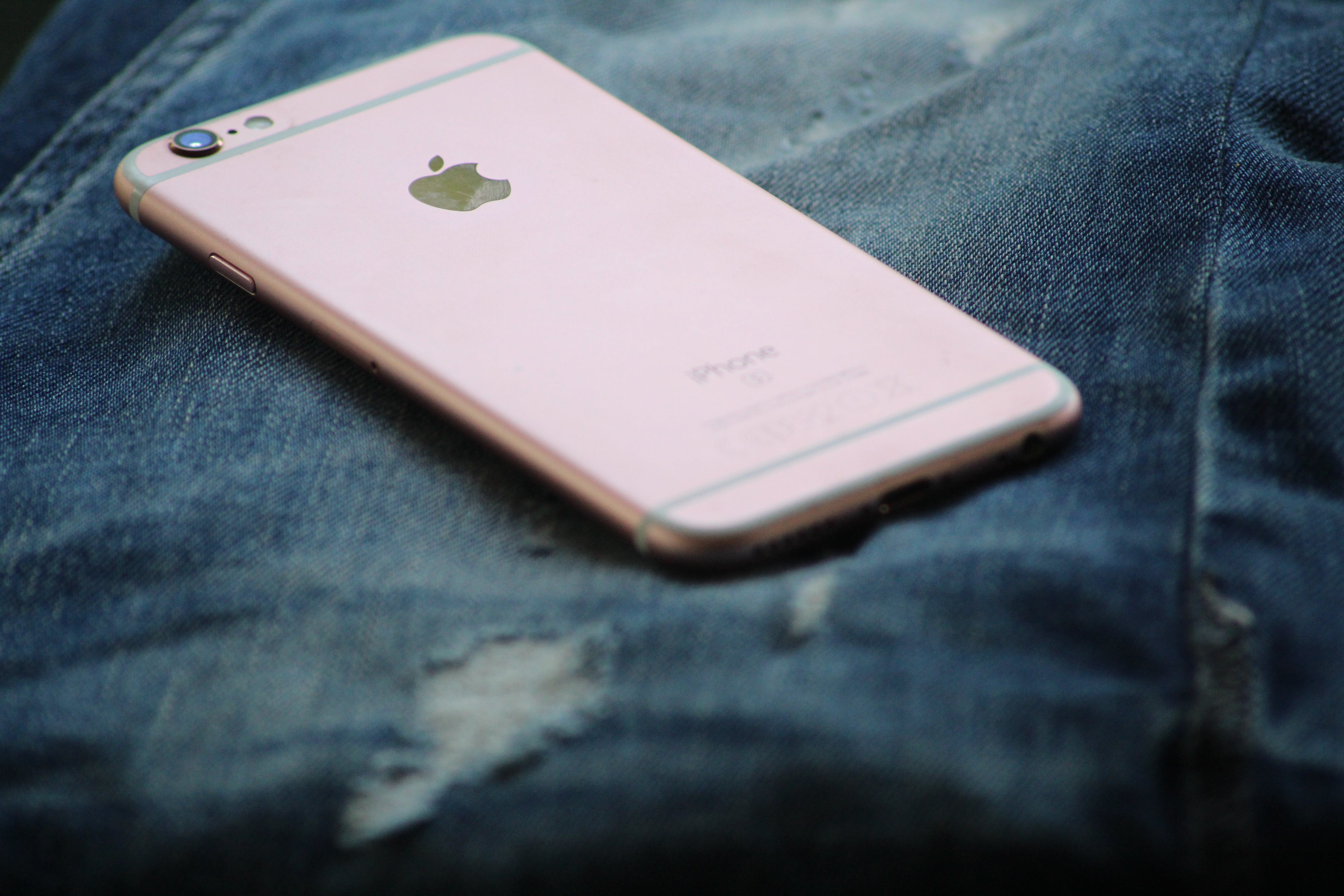The Phone That Became Smart
The Phone Appears
In 1854, Alexander Graham Bell became the first person to win a U.S. patent for the telephone. “So what?” You may be thinking, as your possessed pupils progress down your screen. I am aware that many people have little appreciation for history. Fair enough. Nevertheless, this new technology revolutionized the way in which people could communicate amongst themselves. Messages could now be delivered more swiftly. Pick up a finely made amalgamation of metal pieces. Say hello. Speak your mind. Say bye. Then put the phone down.
Due to the mass availability of phones today, taking said technology for granted proves to be an effortless endeavor. Everyone alive today grew up with phones. The only way you can possibly know what a society without phones was like is through history. Considering the accelerating advancements in technology, the younger you are the more divorced you are from the realities of the inconvenient past. Before the phone was invented, how could people possibly talk to each other? This is a question kids today would ask. Prior to the existence of phones, people used to send snails to carry their messages. These snails would drag their weight ever so slowly. At this sluggish speed, the snails would cause people to wait for months, if not years, to receive their messages. We call these small mollusks mail.
The Phone Changes Shape
When phones were nonexistent, the automobile also had yet to be created. Mail was transported via horses on land and boats on water. While being guided by their masters, the majestic horses would travel across vast distances of terrain. These dutiful beasts would go on adventures through rain, sleet, snow, and wind, making sure to make it to their destinations. In spite of being slower and less graceful than horses, boats were nonetheless also effective at carrying mail. Because of their bigger sizes, boats and ships could hold more mail. USPS, UPS, Amazon, and FedEx were names unheard of back in those days.
Since the debut of the telephone, said technology has come out in many shapes and sizes. The phone Bell patented looked nothing like the phones we see nowadays. Bell’s phone was shaped somewhat like an ice cream code on a string. On the other end of the string, an upright black device shaped a bit like Disney’s Pixar lamp was used to transmit the sounds. A strange shape indeed that was. Over half a century later, phones became widespread throughout American houses. Type “1960s rotary phone” into a search engine to see how phones looked during the time most Americans had access to them. Notice the circular cord and round rotary dial. This was the standard American telephone for decades. For older people, the distinct ring produced by the rotary phone upon receiving a call is nostalgic.
The Phone Becomes Mobile
On the flip side, you had no way of knowing who was on the other end of a call unless they told you. Mischievous mobs of children would prank call pizza places and other establishments for fun. You had no idea whether or not the call was from someone you know. Telemarketers and spammers must have had a higher success rate in those days. All this changed when caller ID came out. Once popularized, this service enabled you to know the identity of the caller. If you weren’t familiar with the number, then you could simply ignore the call.
Around the same time, the first cell phones were made. They were not the phones seen in public today. Quite the contrary. They were huge blocks of bricks with buttons. Unaesthetic and obtrusive, these hand-held devices were awkward to manipulate compared to the compact, efficient devices of today. No worries. The flip phones that succeeded these ugly cuboids could be handled more easily. They were small. However, they were not quite “smart.” You could not do much with them except call and text.
Fasting forward to the late aughts, from the rich fertile soil of suggestions, an innovation sprung out into the light – the iPhone. Yes, the device that you and just about everyone you know uses. Also known as a smartphone, this device is essentially a minicomputer that can be stored in your pocket. Perhaps you think nothing of this, but your elders are surely grateful for this benefit. They grew up at a time when the dinosaurs roamed, back when pocket-sized computers were inconceivable.
Phones Becomes Smart
Years ago, the late Steve Jobs conceptualized the idea of this type of phone. Before the first iPhone was released in 2007, Jobs nor his team technically knew if this device would be successful in the marketplace. Knowing that entrepreneurship is inherently risky, and having an intuition for what people wanted, Jobs decided to take the leap of faith and provide the iPhone to the public. The phone was a hit, and is now one of, if not the most, popular phones today.
Apple hit a home run with its smartphone, striking the ball out of the field, above the sky, and into space. Apple is always refining their iPhones. New versions come out almost every year. The newest version as of 2023 is the iPhone 15.

